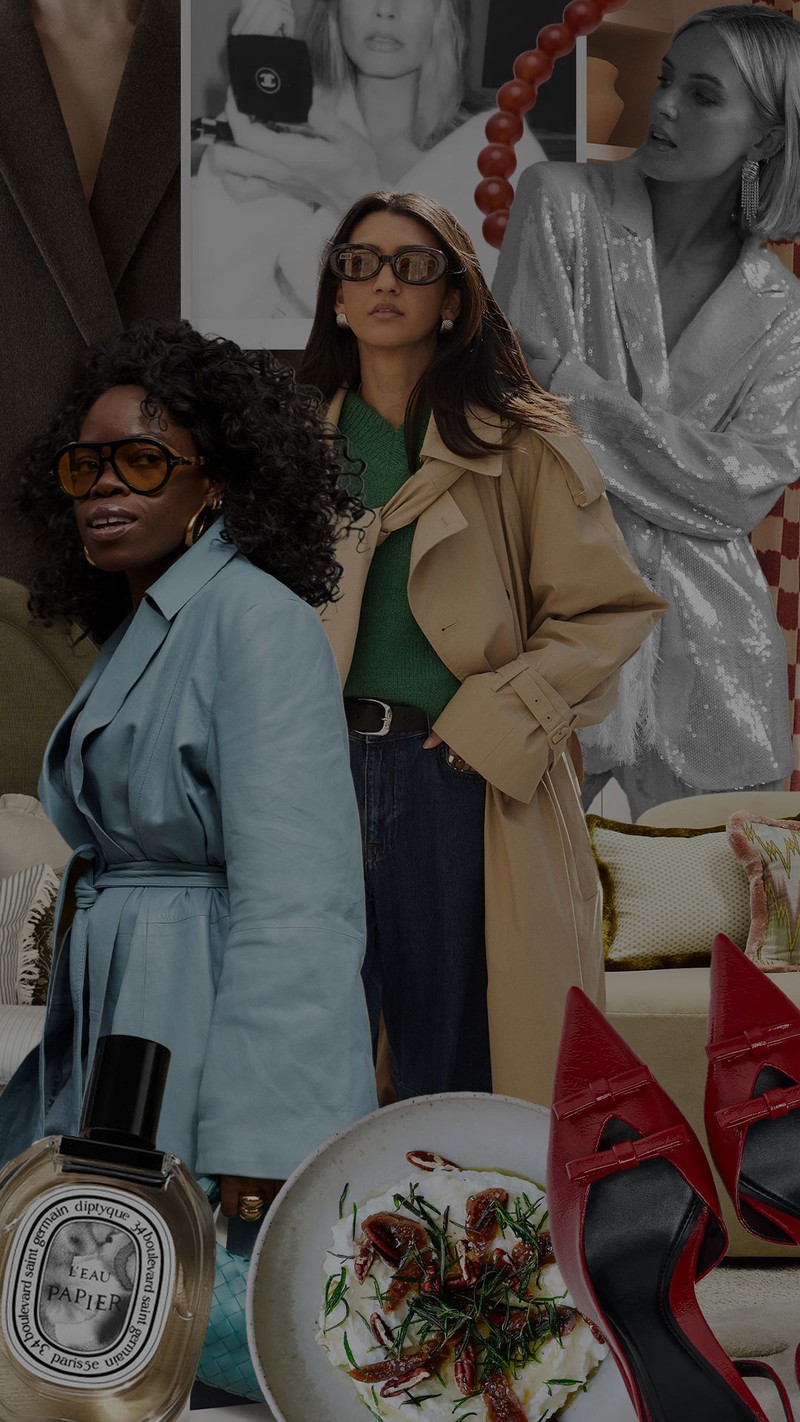

Everything You Need To Know About Fibroids
What are fibroids?
“Fibroids are muscular growths in the lining of the womb. They are also known as leiomyomas. They are generally non-cancerous; those that are cancerous are less than one in 1,000.” – Dr Sohere Roked, GP, functional medicine & hormone doctor
“They are very common among women, especially the reproductive age group. Up to one in three or four women has a fibroid in some shape or form that she probably doesn’t know about.” – Mr Zeiad El-Gizawy, consultant gynaecologist at The Harborne Hospital (part of HCA Healthcare UK)
Are there lots of different types?
“Fibroids are benign in character and their types are based on where they are in relation to the inside or outside of the uterus. Those that are more inside the cavity of the uterus are called submucosal and they can be very symptomatic, especially with bleeding. Those that are inside the middle of the muscle layer or the wall of the uterus are called intramural, and those on the outer surface are called subserosal. Another type we call pedunculated are those that grow on the outside of the uterus with a stalk. Fibroids can also present as polyps in the lining of the womb with a small stalk.” – Zeiad
How do you get them?
“Sometimes it can be genetic, or sometimes due to hormonal imbalance between your oestrogen or progesterone which causes these to grow.” – Sohere
What are some indicators you may have them?
“Generally, you can have heavier or more painful periods, and some women experience bloating and distension of their lower abdomen which does not go down. These can be signs that you have fibroids in your uterus or womb.” – Sohere
“There can be pain, bleeding or pressure symptoms because they’re solid and therefore, when they get to a significant size, heavy. They can press against the bladder, causing urgency or other urinary symptoms, and they can press on the rectum occasionally and cause constipation. But the main complaint is bleeding. They can occasionally interfere with fertility, particularly if they’re submucosal or lying in the lining of the womb.” – Zeiad
What’s the difference between fibroids and cysts?
“Fibroids are a solid muscular mass, whereas cysts are generally fluid filled and it’s rarer for you to get cysts in your womb (it’s more common for example to have cysts on your ovaries). You can have cysts in other organs such as the kidneys, the liver or the breasts.”– Sohere
Are fibroids dangerous?
“Fibroids are usually not dangerous. The rate of them turning cancerous or malignant is a very low percentage. We tend to find the malignant transformation happens around the menopause, but that is still very rare. Otherwise, the symptoms are usually excessive blood loss during periods, heavy periods, painful periods or bleeding in-between cycles.” – Zeiad
“For a lot of people who have small fibroids, they can be left and not treated as long as they’re not causing pain or heavy bleeding or a lot of distension. However, if they are growing and they become very painful around your cycle, or you feel very bloated, then they would need removing. The cancer risk is very low (less than one in 1,000) and this risk tends to be more post-menopausal. For example, if you’re having a regular pelvic ultrasound scan (the way that most fibroids are diagnosed) and they are growing in post-menopause, you may be advised to have the fibroids removed.” – Sohere
Can fibroids affect fertility?
“If you have a lot of fibroids in the womb and you are trying to get pregnant, they could hinder your chances because other muscular masses in the lining of the womb are not going to allow a fertilised egg to implant.” – Sohere
How big can they get?
“Most of them thankfully are small, therefore the majority don’t need treatment. I have seen fibroids reach sizes up to around 5kg and I’ve seen fibroids fill the abdomen, bigger than a full-term pregnancy, but thankfully most fibroids are much smaller than that.” – Zeiad
What are some complications of fibroids?
“They tend to have very few complications. The most dangerous one is malignant transformation. Other complications include degeneration, which is when the fibroid grows quicker than its blood supply and starts to break down from the inside. That can manifest with pain. There are complications during pregnancy, especially something called red degeneration, where the fibroid starts to break down and bleed inside it, which can be an emergency and needs hospitalisation, especially for fluids and pain relief. On the whole, the complications from fibroids are quite minimal.” – Zeiad
Do fibroids always need to be treated?
“Not always, but treatment options include monitoring – like going for a regular annual or six-monthly pelvic ultrasound scan to monitor the growth. It is also possible to have the fibroid itself removed. There are procedures like uterine embolisation where you cut off the blood supply to the fibroids so they die off or shrink. The definitive treatment if you have a lot of fibroids is a hysterectomy. The Mirena coil (the progestogen-releasing intra-uterine device) can also be helpful for shrinking down these fibroids because it works on hormone balance.” – Sohere
“Because fibroids are so common, most do not need treatment unless they become symptomatic. That treatment will depend on where the fibroid is, what the symptoms are and what the patient’s expectations regarding childbearing are. But thankfully a lot of fibroids can go unnoticed and do not need treatment.” – Zeiad
DISCLAIMER: Features published by SheerLuxe are not intended to treat, diagnose, cure or prevent any disease. Always seek the advice of your GP or another qualified healthcare provider for any questions you have regarding a medical condition





